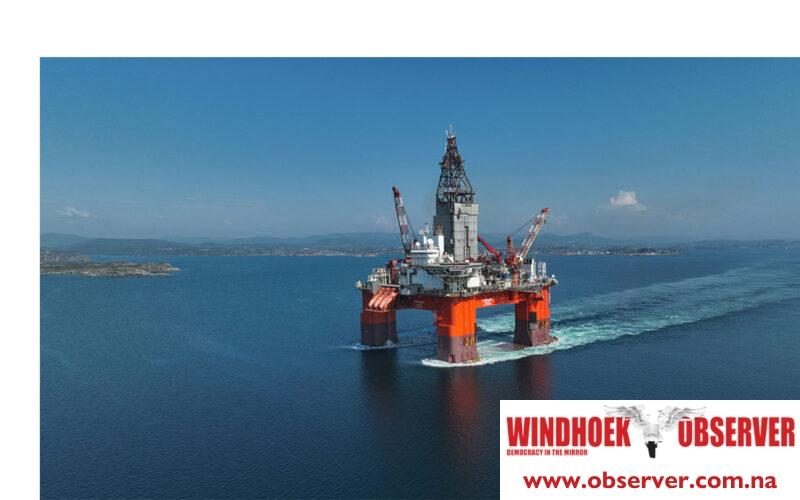Chamwe Kaira
Shell Namibia Upstream BV, spokesperson, Sally Wood has said the company recognises the long-term potential an oil and gas industry could have in Namibia in helping to unlock the country’s energy needs, provide training and employment and contribute to economic development.
“We continue to work closely with the industry and government as it develops its local content policy and meanwhile, prioritise local goods, services and skills where possible, across our operations. This reflects where we are currently in the exploration process and will scale up if we proceed towards commercial development,” Woods told Observer Money this week.
The Ministry of Mines and Energy’s National Upstream Petroleum Local Content Policy provides a framework to maximise value to Namibia from the development of the petroleum sector and outlines the government’s expectations on how Namibians will participate and benefit from activity in the sector.
Shell announced last week that Adeleye Falade has been appointed as the new country chair of Shell Namibia.
Shell has made a number of oil discovery offshore Namibia including the Lesedi-1X exploration well, the company’s fourth find in the Orange Basin.
In March 2023, Shell, QatarEnergy, and Namibia’s National Petroleum Corporation (Namcor) concluded operations on exploration well Jonker-1X. That well was drilled to a total depth of 6168 m in water depth of 2210 m. Drilling operations established the presence of a reservoir with light oil.
Located approximately 270 kilometers off the coast of Namibia, in the deep-water offshore, the Jonker-1X discovery was the third well drilled on the license held by Shell within a year. The Odfjell Deepsea Bollsta semi-submersible rig drilled the well to a total depth of 6,168 meters in a water depth of 2,210 meters.
The oil discovery is expected to create around 4200 jobs. The oil industry is expected to earn Namibia N$105.9 billion per year in revenue to state coffers.
Official statistics show that over 22 oil and gas wells have been drilled offshore Namibia, the majority of them since independence.
Presently, offshore 2D seismic survey coverage stands at over 147 000 line kilometres, and more than 40 423 km² of 3D seismic data has been acquired by license operators.
Undertaking an exploration programme, requires specialist knowledge and depending on the scope can exceed US$100 m, with costs increasing significantly if activities are offshore. The country’s hydrocarbon potential is estimated to be between 300 – 500 billions of barrels of oil equivalent, according to the Ministry of Mines and Energy.




